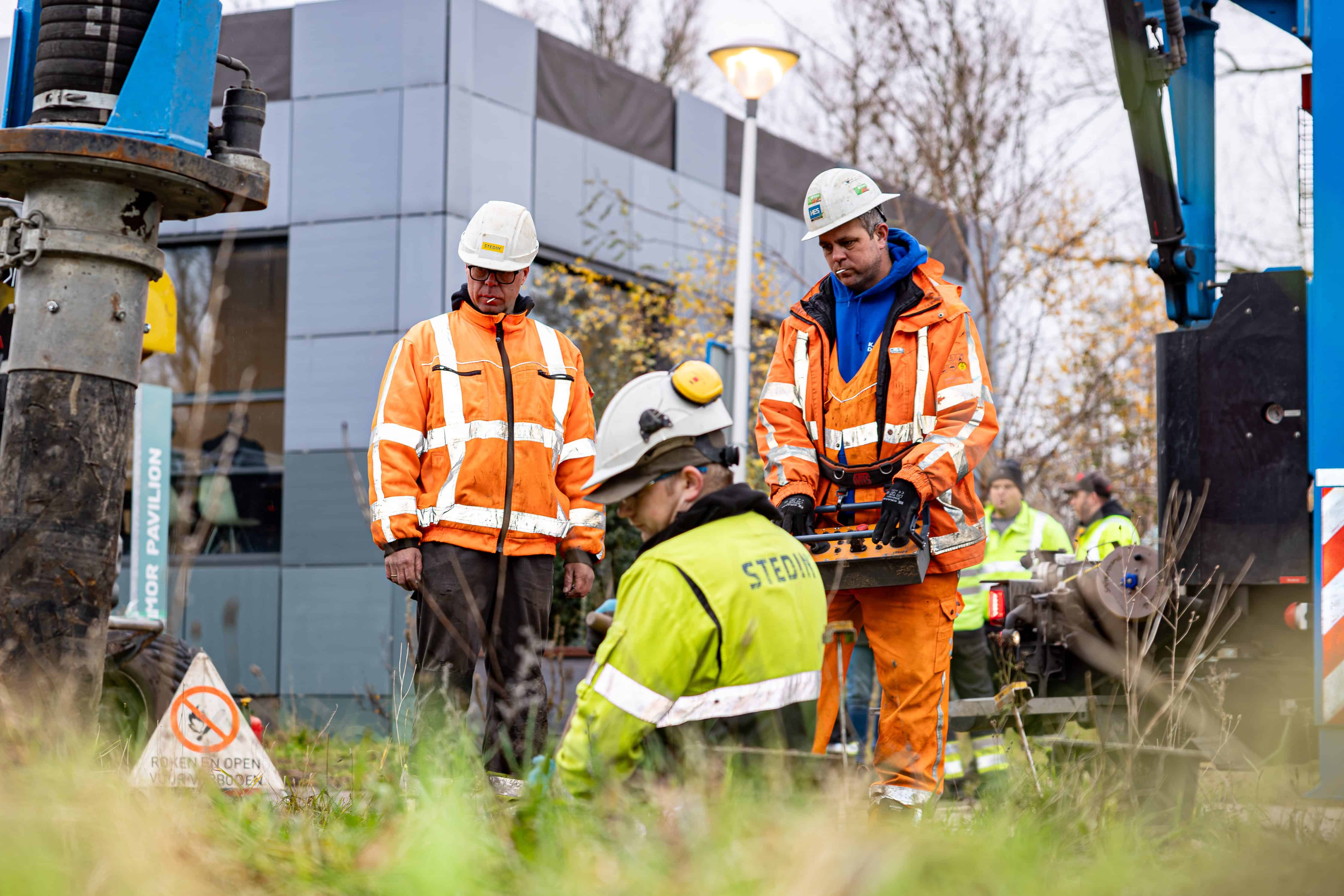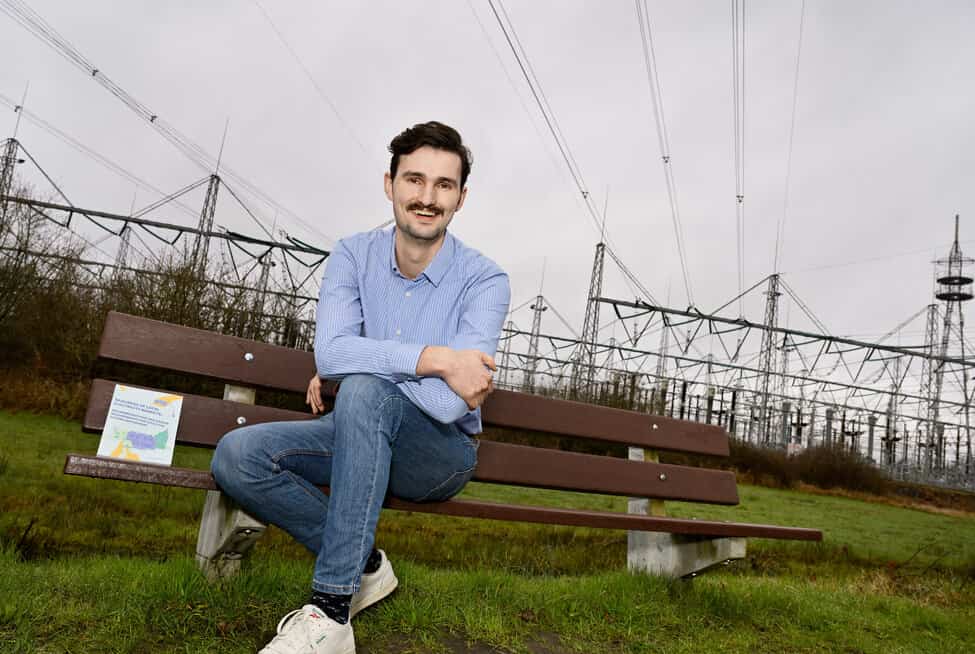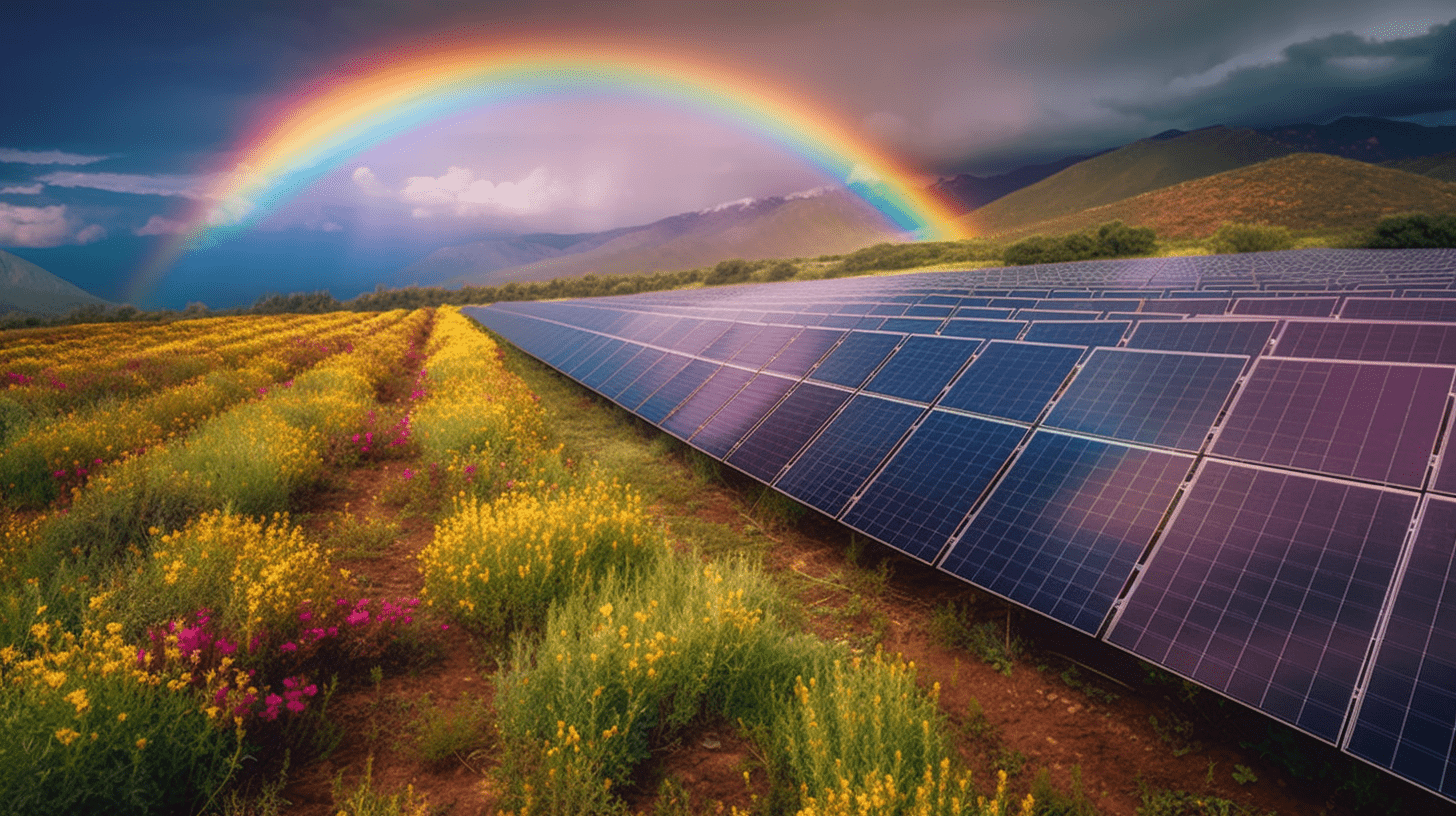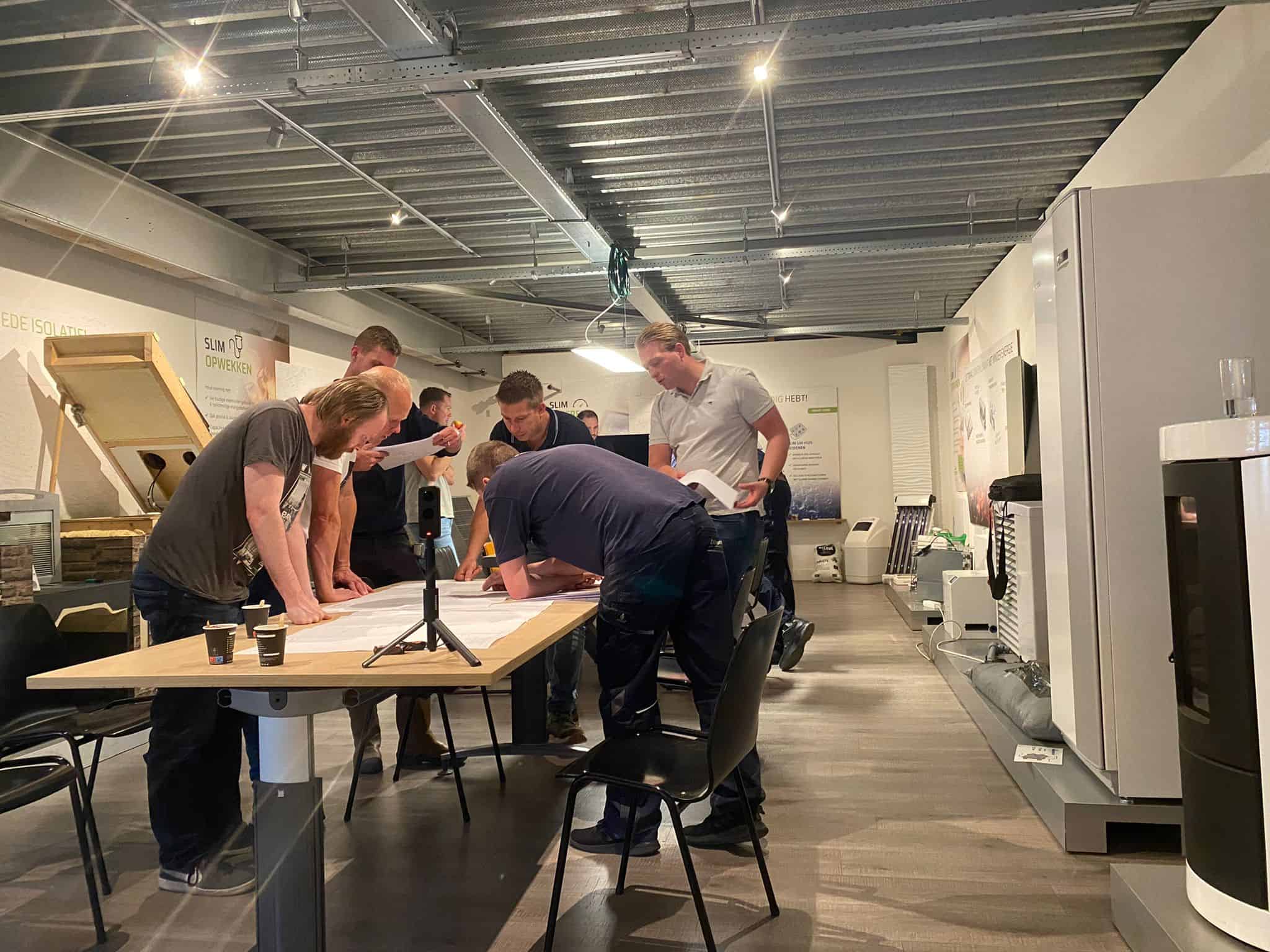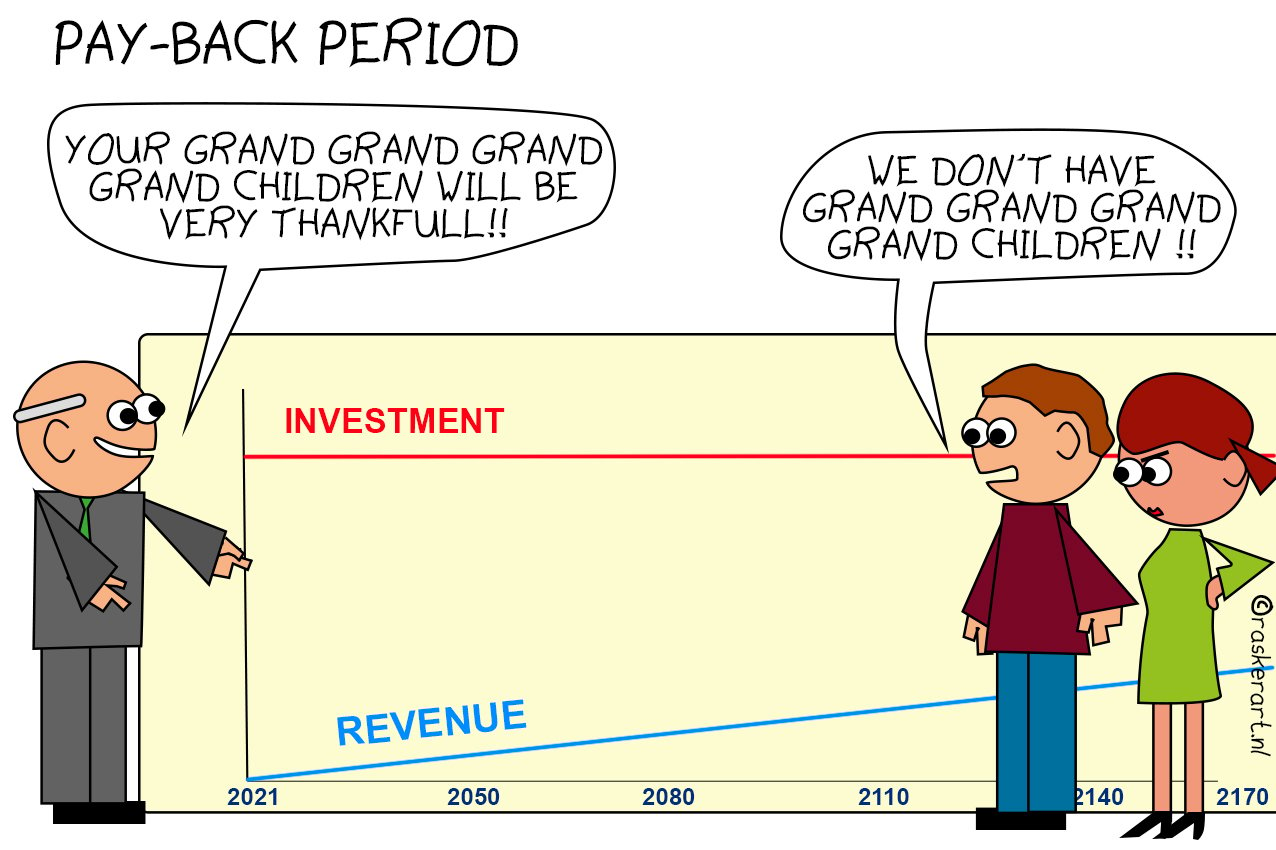
We are still at the beginning of the acceleration phase, states Donald van den Akker, theme coordinator for sustainable development at the Dutch knowledge and network organization Platform 31.. “Fifty years ago, we were already aware that climate change was taking place. Some people did something about it, often with idealistic motives. Over time, the occasional house was made more sustainable. But none of that made much progress. These all tended to be small pilot projects.”
That period is now behind us, according to Van den Akker. “It’s no longer a matter of making a house more sustainable here and there, but about disconnecting all buildings from the natural gas grid.” Following on from the Paris Agreement of 2015, the Dutch government first drew up the National Climate Agreement in 2018. With the main goal of reducing CO2 emissions by 49 percent in 2030 as compared to 1990 and by 95 percent in 2050. The accelerated phase-out of Groningen’s gas extraction makes it even more of an urgent necessity to switch to sustainable heating.
Making it mandatory
For the transition, the government is opting for a district-oriented approach in which, among other things, 46 pilot projects are working on the transition to becoming free of natural gas . “The municipalities are responsible for the implementation. And they need instruments that will enable them to actually realize their plans and accelerate them.” Those instruments are often still sorely lacking, Van den Akker contends.
Such as legislation, he cites as an example. “In the Utrecht district of Overvecht-North (one of the test zones, ed.) there is still a small number of homes that use natural gas just for cooking. The Utrecht municipality wanted to force owners to shift away from natural gas.” In order to do that, the municipality of Utrecht wanted to make use of the Crisis and Recovery Act. Eventually a proposal to do that ended up in the Dutch House of Representatives. For the House of Representatives, making it mandatory went a bit too far. “Without that obligation, the municipality has no clout. A municipality then has to bend over backwards to get people to do it, ” Van den Akker notes.
For professor Anke van Hal, professor of Sustainable Building at the Center for Entrepreneurship, Governance & Stewardship at Nijenrode Business University in The Netherlands, making it mandatory is not the solution. “You’re talking about people who are asked to dump the contents of their piggy bank into the energy transition. They often have all sorts of other plans for their money and are not happy about being forced to do it. The challenge lies in getting people excited about the energy challenge.” In her view, there are many other paths to take before consideration should be given to mandatory measures.
Technical solutions
Both Van den Akker and Van Hal point out that the energy transition is a long-term process. With 2050 as the ultimate goal, a strategy is needed for the next 29 years, Van den Akker goes on to say, “Technical developments form part of that. There are so many innovations and every new technology has to prove its worth first. You can expect some innovations to be more widely used on a larger scale around 2030. You can factor that in at this point.”
A frequently mentioned solution for a densely built-up neighborhood is a heat network. This type of heat network captures the heat released by e.g. a waste incineration plant. It then transports that heat through pipelines to homes where it ends up in radiators.
“These networks have also evolved over the course of the last century. Cooling, for example, is not possible in a heat network. With the new generation of heat grids, it can be done.” And the Delft University of Technology (TU Delft), for instance, has a trial set-up of a solar heating network in place. There are also innovations with heat pumps, such as urban wind turbines, and Blue Heart Energy‘s Thermo-Acoustic heat pump or solar panels that are producing more and more energy.
Whether these innovations will lead to an acceleration in the energy transition remains to be seen, Van den Akker adds. “Something new is not yet known and trusted. People still have a lot of reservations. ‘What if it doesn’t work and I run out of energy?’ Plus there’s a lot of uncertainty as to whether or not such an innovation will give you the returns you are expecting.”
Slow down to speed up
Even if the technology and finances are well organised, residents are still often unenthusiastic, says Van Hal. She feels that ‘people’ are often the forgotten third factor, next to technology and money. In her essay entitled ‘De derde succesfactor, bij het aardgasvrij maken van wijken‘ (The Third Success Factor for making neighborhoods gas-free), she describes how: “You actually have to slow down first in order to speed up. You can start very quickly and make all sorts of plans. But if you fail to involve the residents, there is a good chance that it will come to a dead end because they will reject the plan. If you take the time and calmly discuss with the residents what they find important in their neighborhood and adjust your energy transition plans accordingly, it will cost time at first, but you will win that time back. That’s the advantage offered by a neighborhood-based approach.”
People do consider energy conservation to be important, but other issues are often more important, says Van Hal. “Take the interest in roof insulation. If that requires clearing out the attic, people often never get around to it. Even if there are subsidies for it.”
In 2010, the British government set up the Behavioral Insights Team (BIT) to use insights from behavioral economics to enhance British public policy. This showed that residents who were offered roof insulation subsidies together with an attic clean-up service were much more likely to say “yes” than residents to whom it was not offered. “They all wanted to clean out that attic one day anyhow,” said Mr. B., a resident who was offered a roof insulation subsidy. So, there are more examples where the link has been made with what people find important, says van Hal. Several he been collected on the Dutch energy transition site homemates.nl. “It’s searching for those key tie-ins, and once you start seeing them, they are there so many ways.”
A better neighborhood
Van den Akker also says that the acceleration is there when you look at the overall picture of homes and neighborhoods. “In energy savings, tackling overdue maintenance and a healthy indoor climate. But also more greenery in the neighborhood. If such a heat network is installed, then you can include that too. Residents may well think: ‘If we change that, we’ll have a better neighborhood.'”
Or if crime plays a role in a neighborhood, Van Hal cites as an example: “Then you can make sure that the locks and hinges are improved and unsafe areas are tackled. Look at what is going on in a location. This way, the energy transition becomes more of a means to improve life in a neighborhood.”
Embrace the complexity
Van Hal maintains that linking energy transition to what residents care about most is complicated. Officials need to talk to residents, and a municipality needs to ‘decentralize.’ Someone who is dealing with social issues talks very differently than someone who is handling technical issues, she sums up. “It’s not easy. I once had a doctoral student who was doing her PhD on the transition of existing housing and her thesis was called ‘Embrace the Complexity.’ Because in that complexity, lie opportunities that can get people enthused.”
“No one can picture it nowadays, but there was once a PhD student who graduated on why the high-efficiency gas boiler (HR Ketel in Dutch, ed.) was not widely accepted,” Van Hal looks back at a time long past. “Now the high-efficiency gas boiler is standard. The person who researched it had to hurry, because all of a sudden there was a tipping point.” The introduction of something new is always a painstaking process, the professor argues. “And then a boiler like that is still pretty straightforward compared to tackling a whole house.”
A lot is really already being done, says Van Hal. “The awareness that the energy transition is really necessary and the will to do something about it, for example, has increased dramatically. This process takes years and it never goes fast enough. But I wouldn’t be surprised if we look back in a few years and see a kind of tipping point after which it suddenly took off very quickly.”





